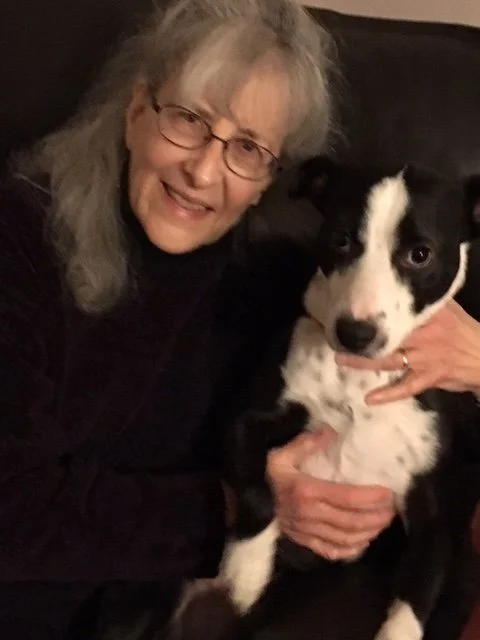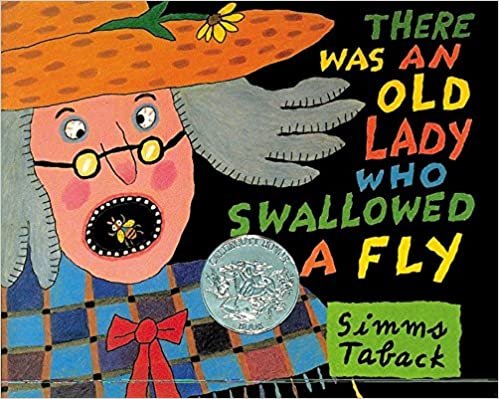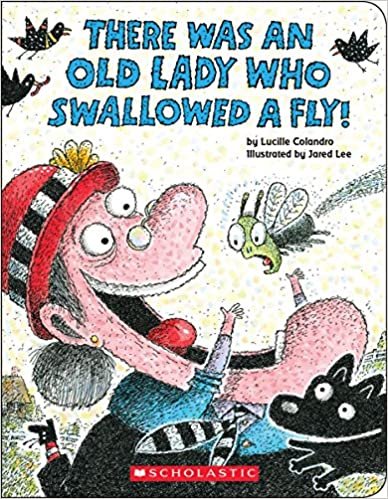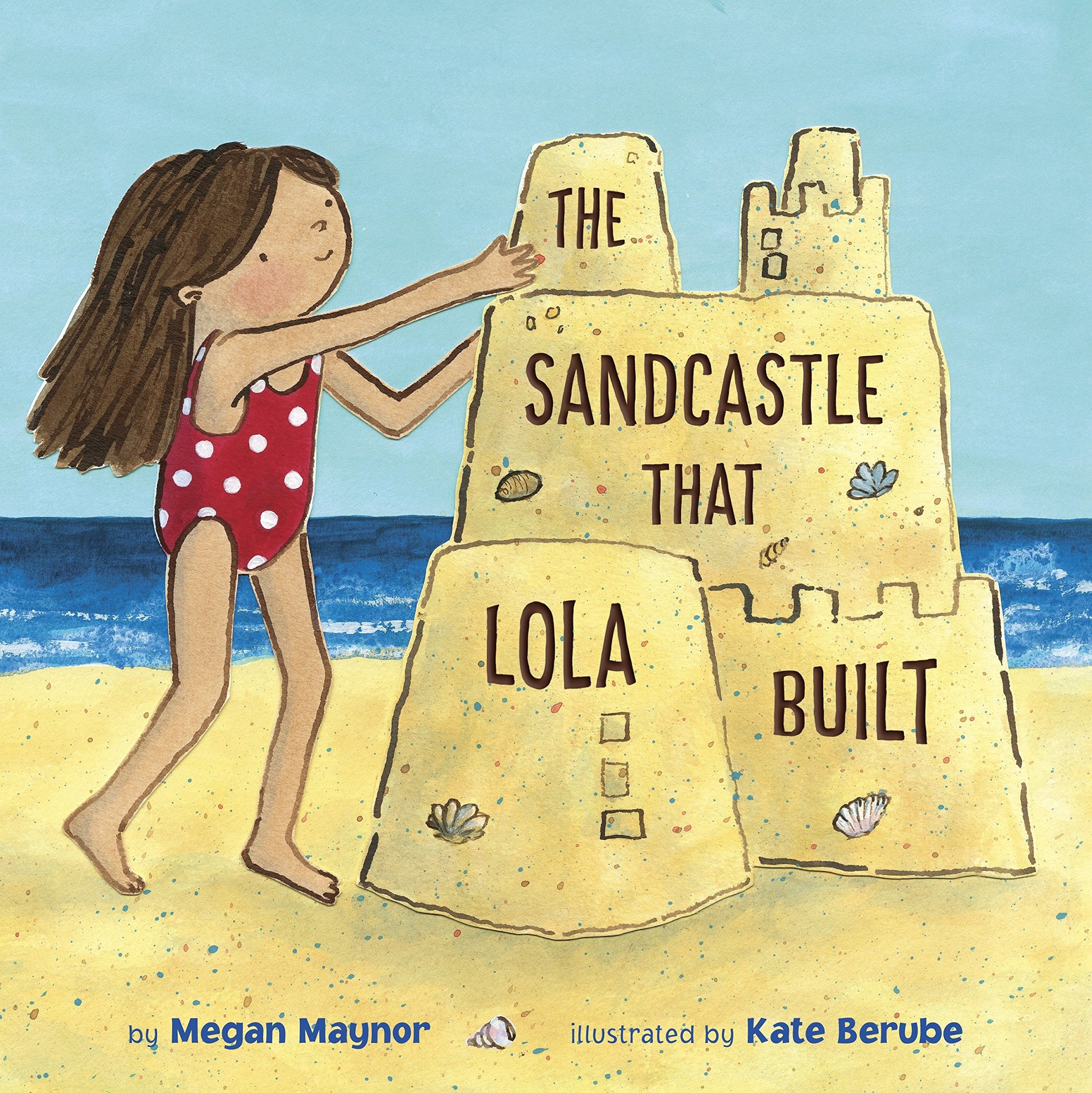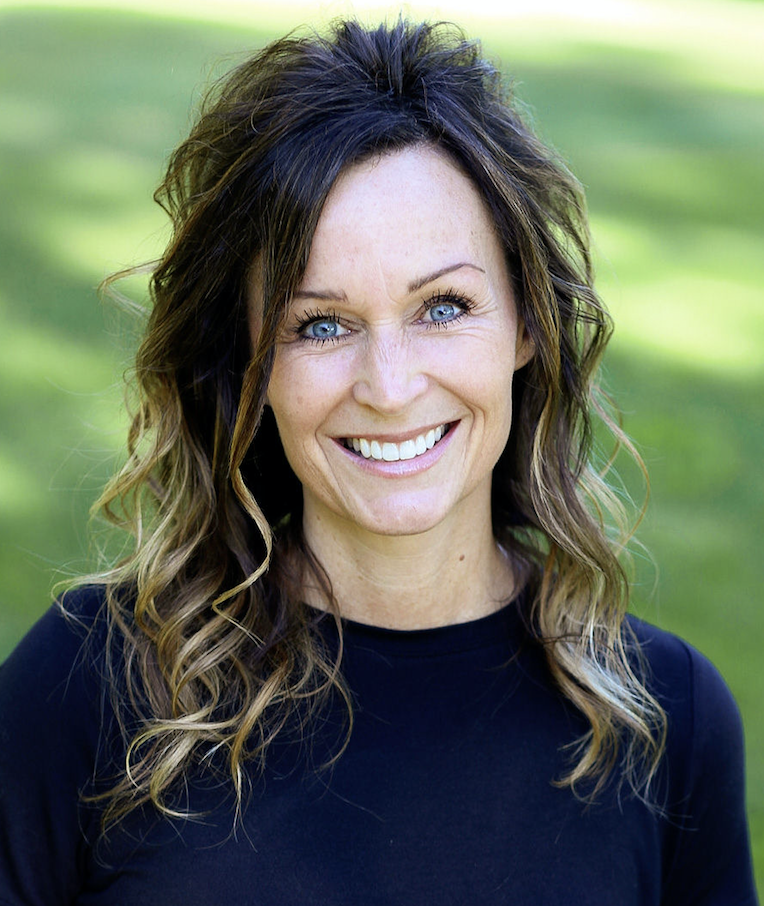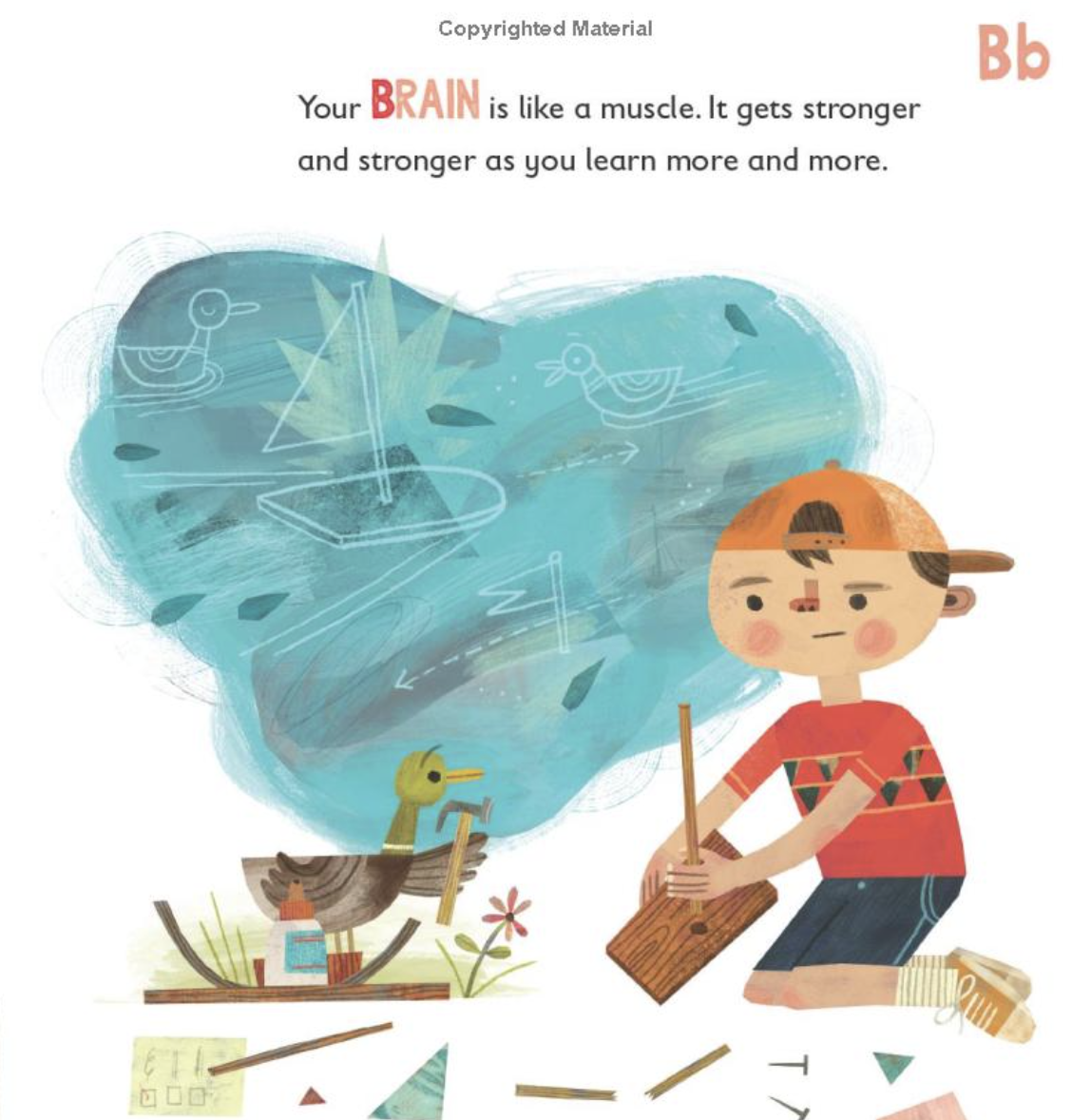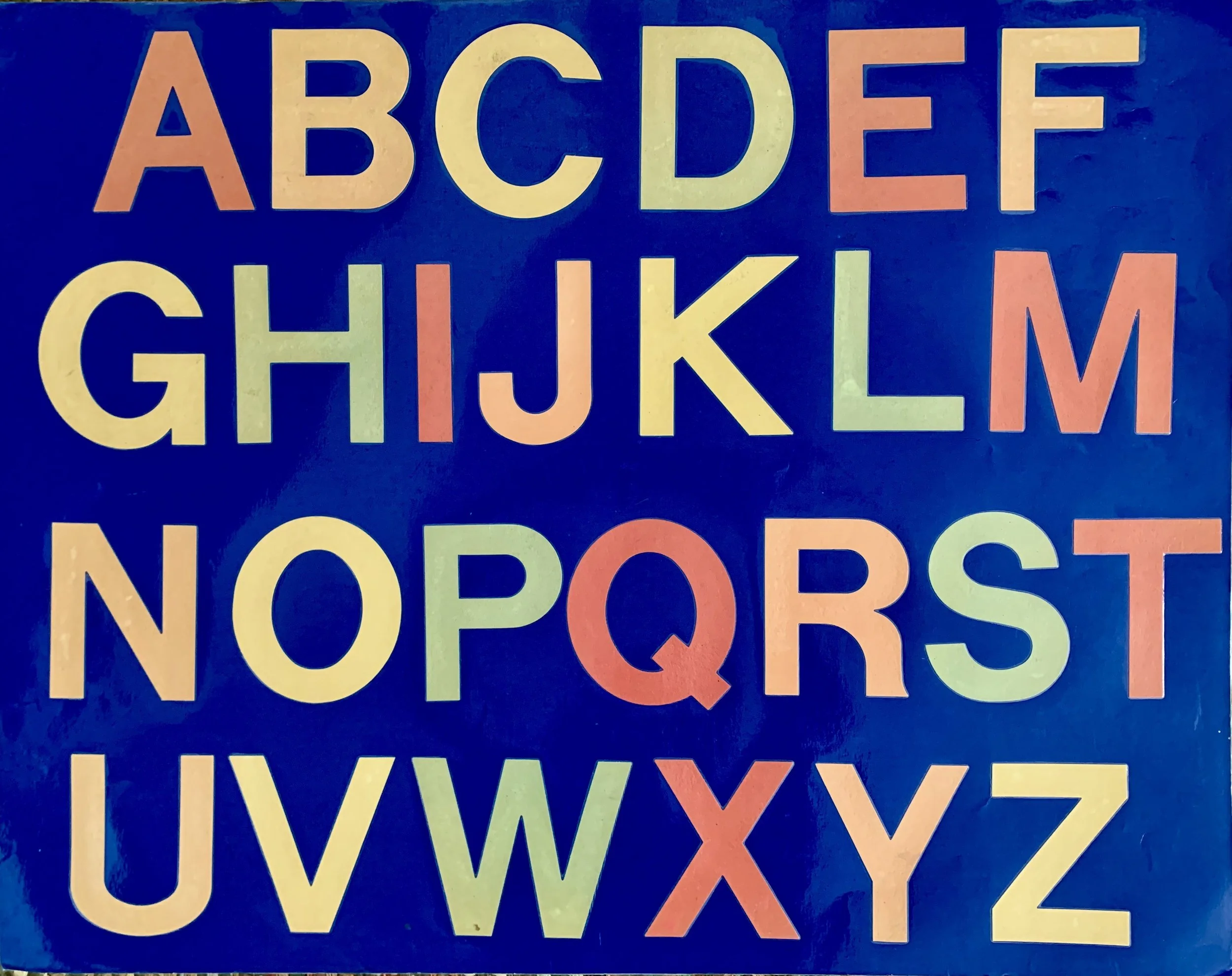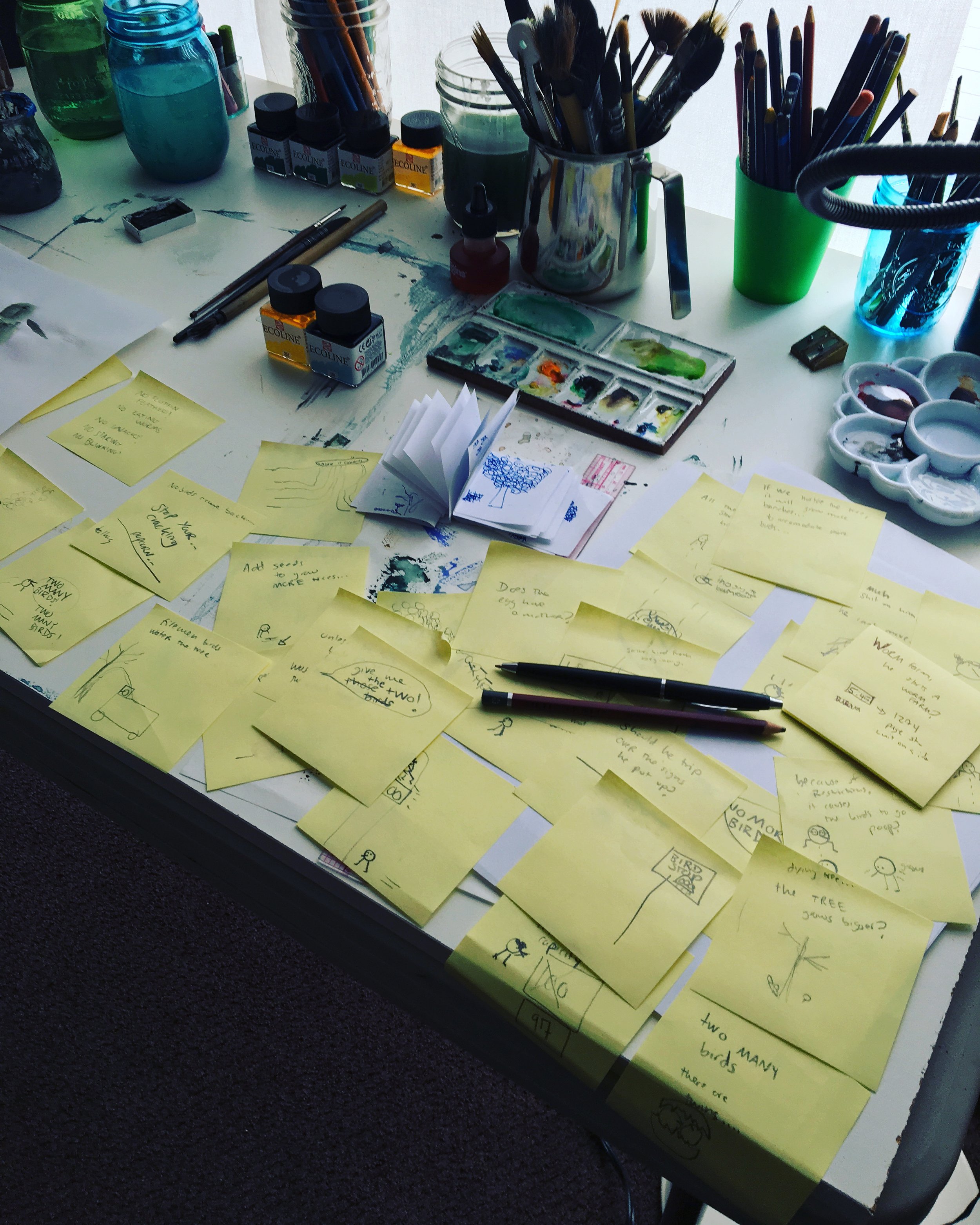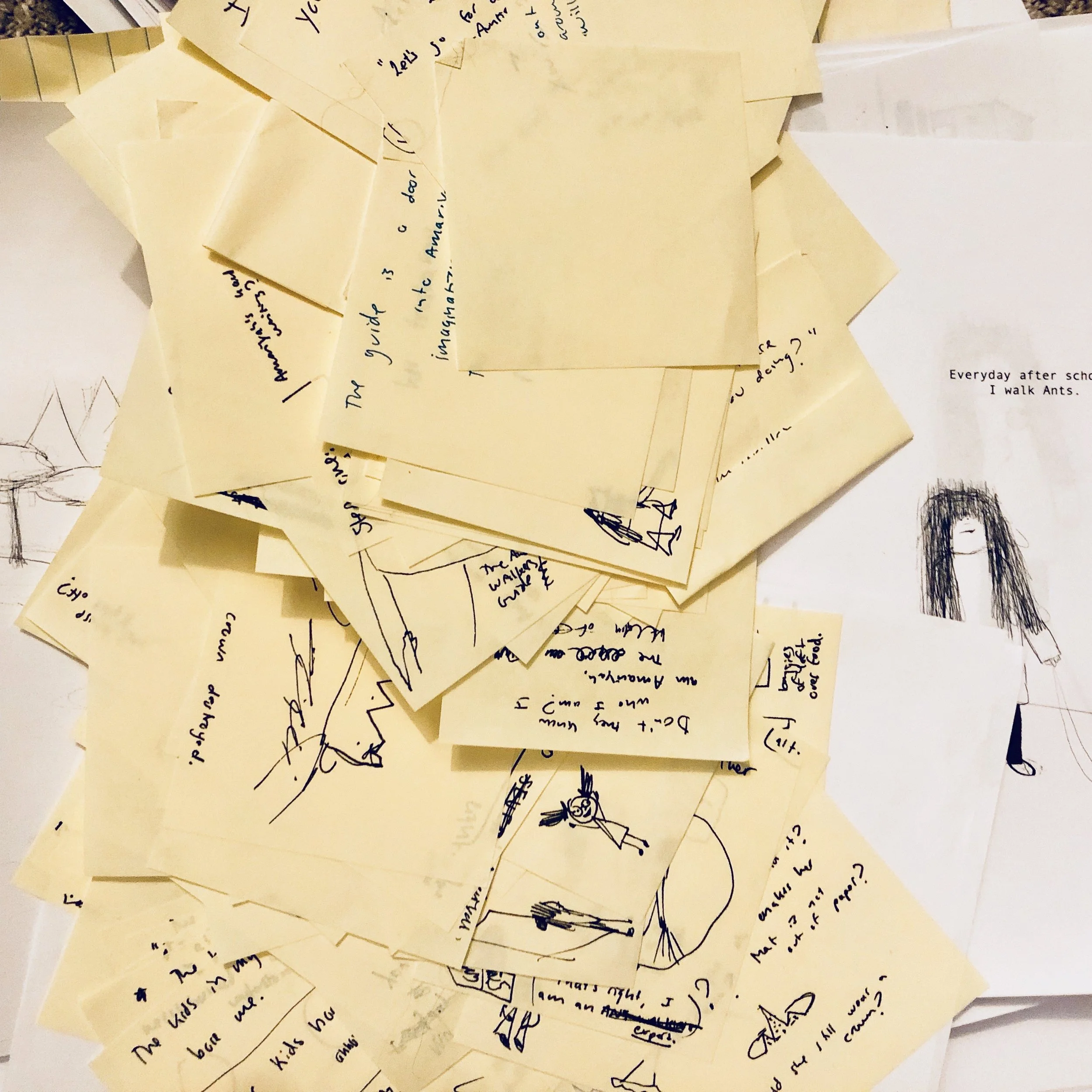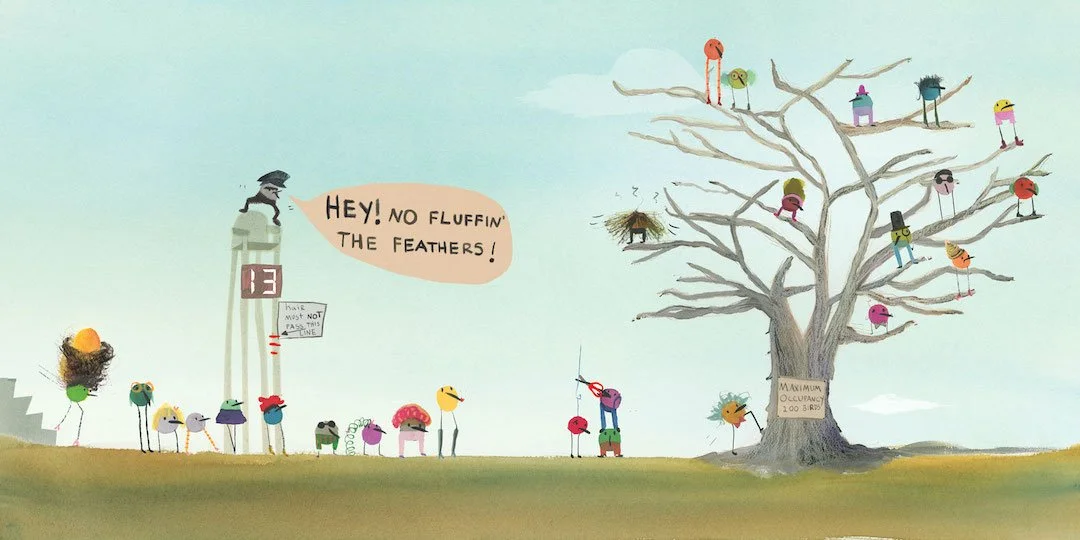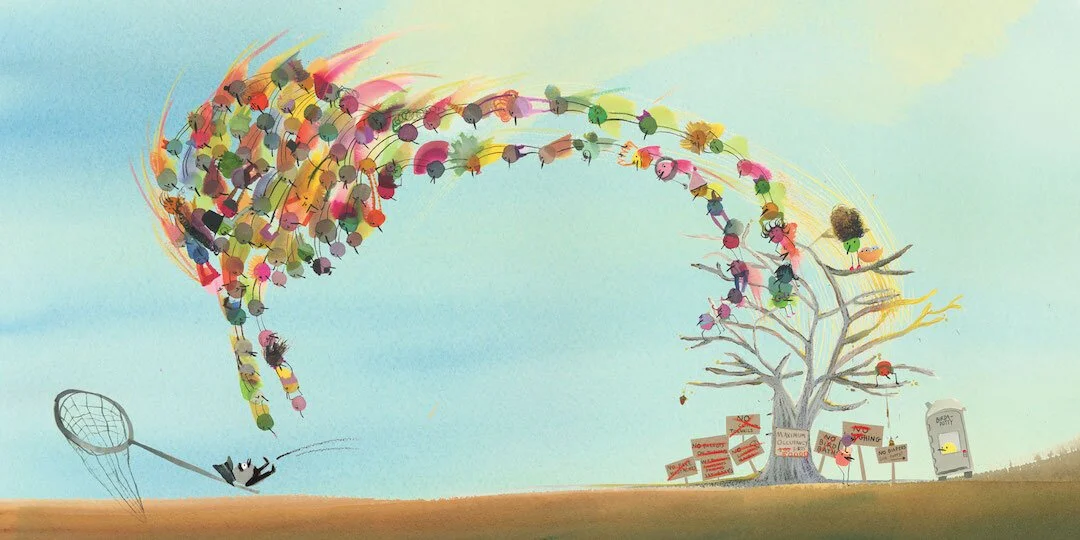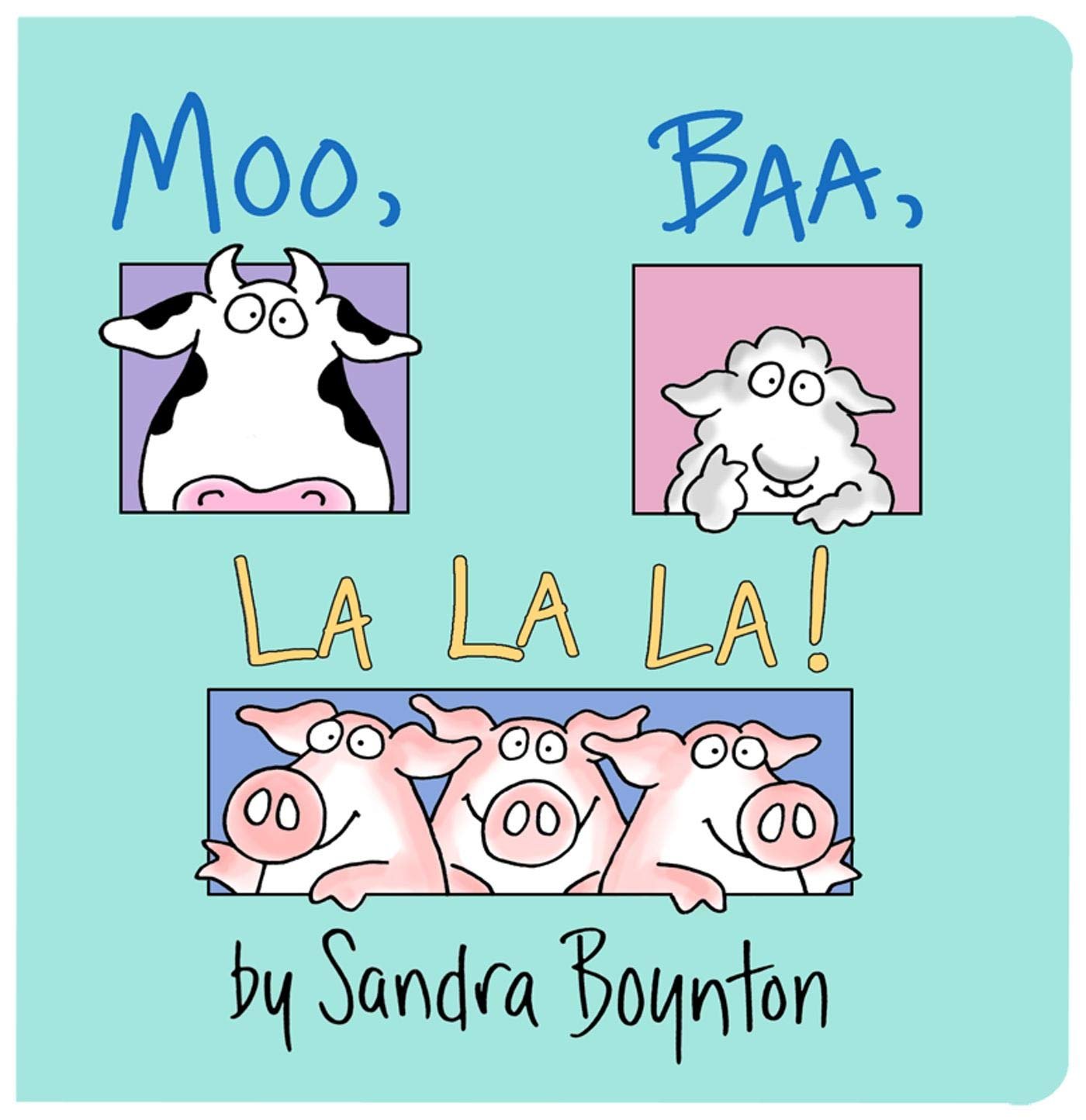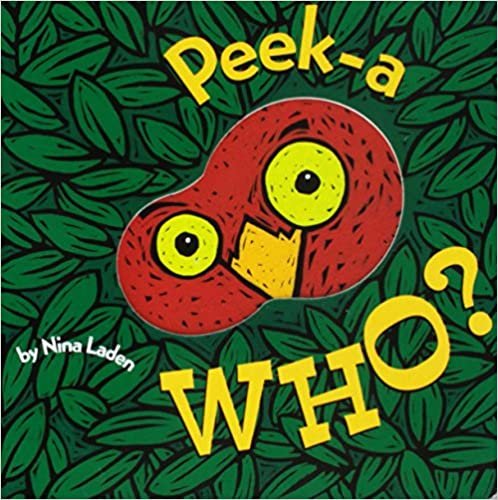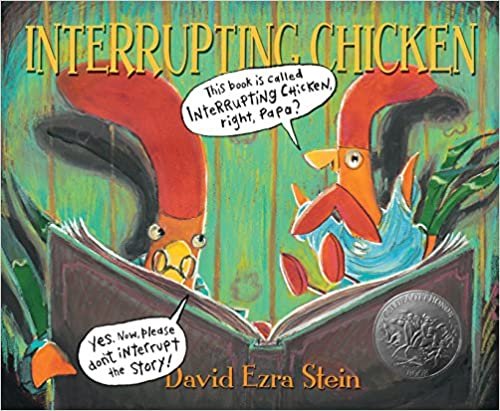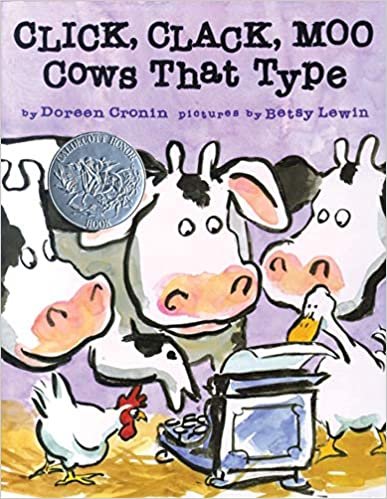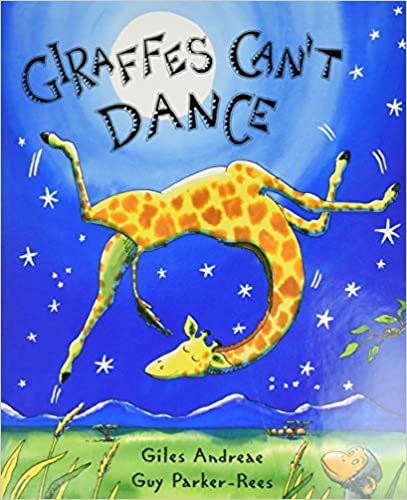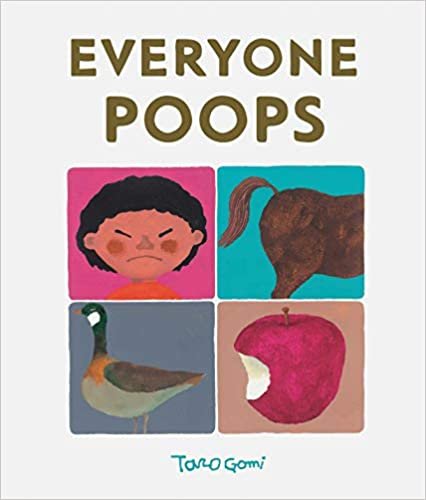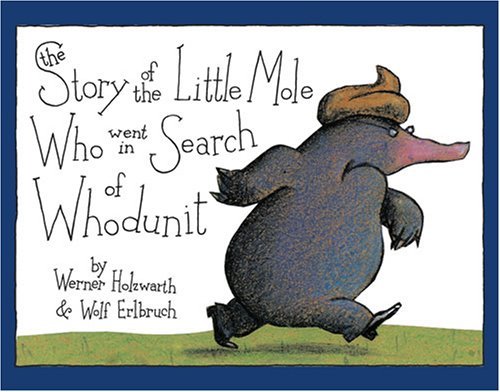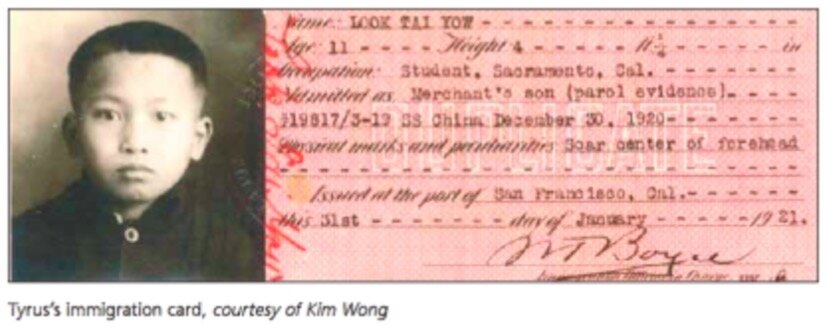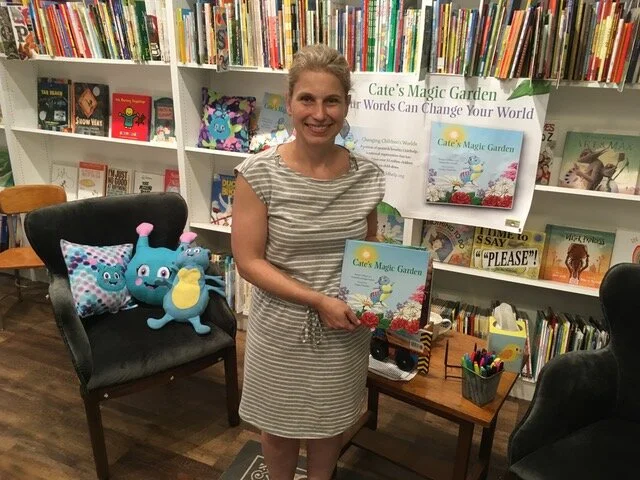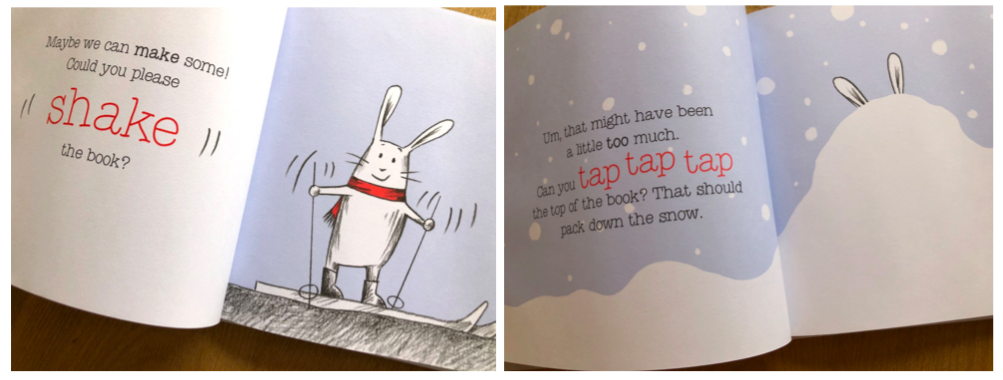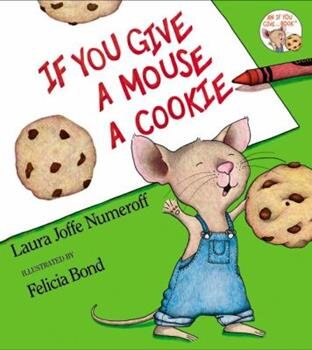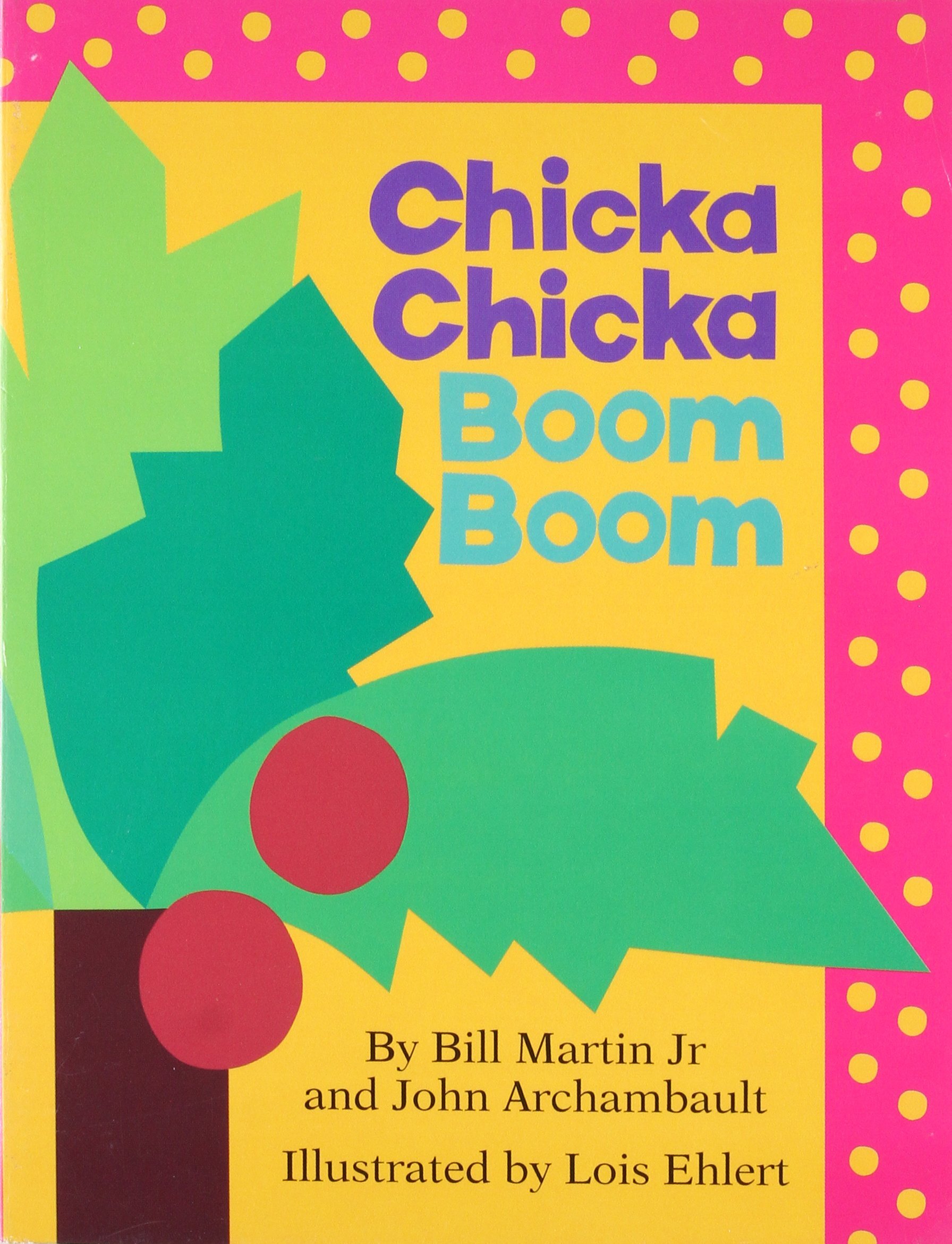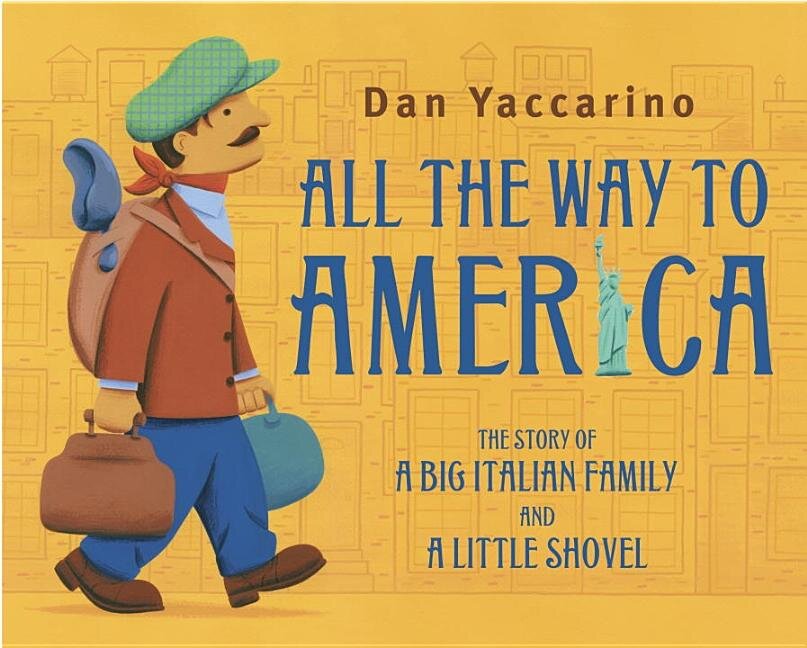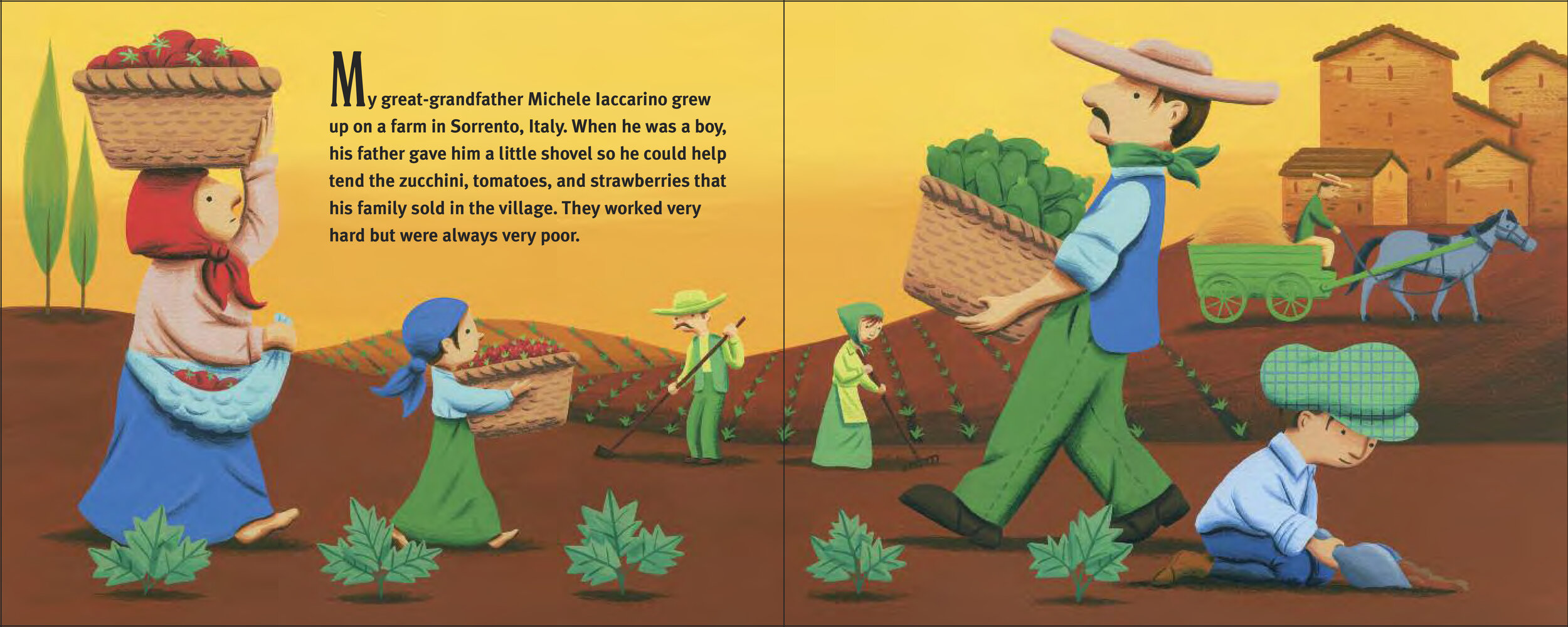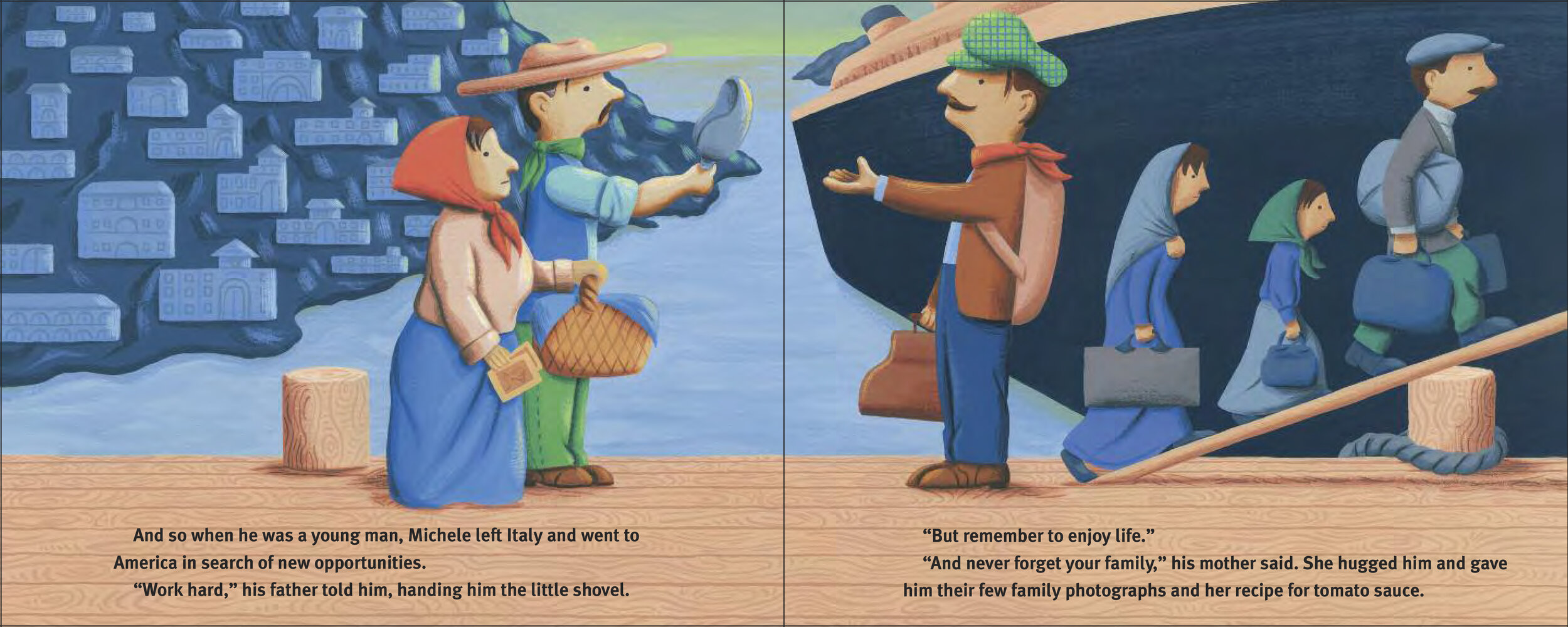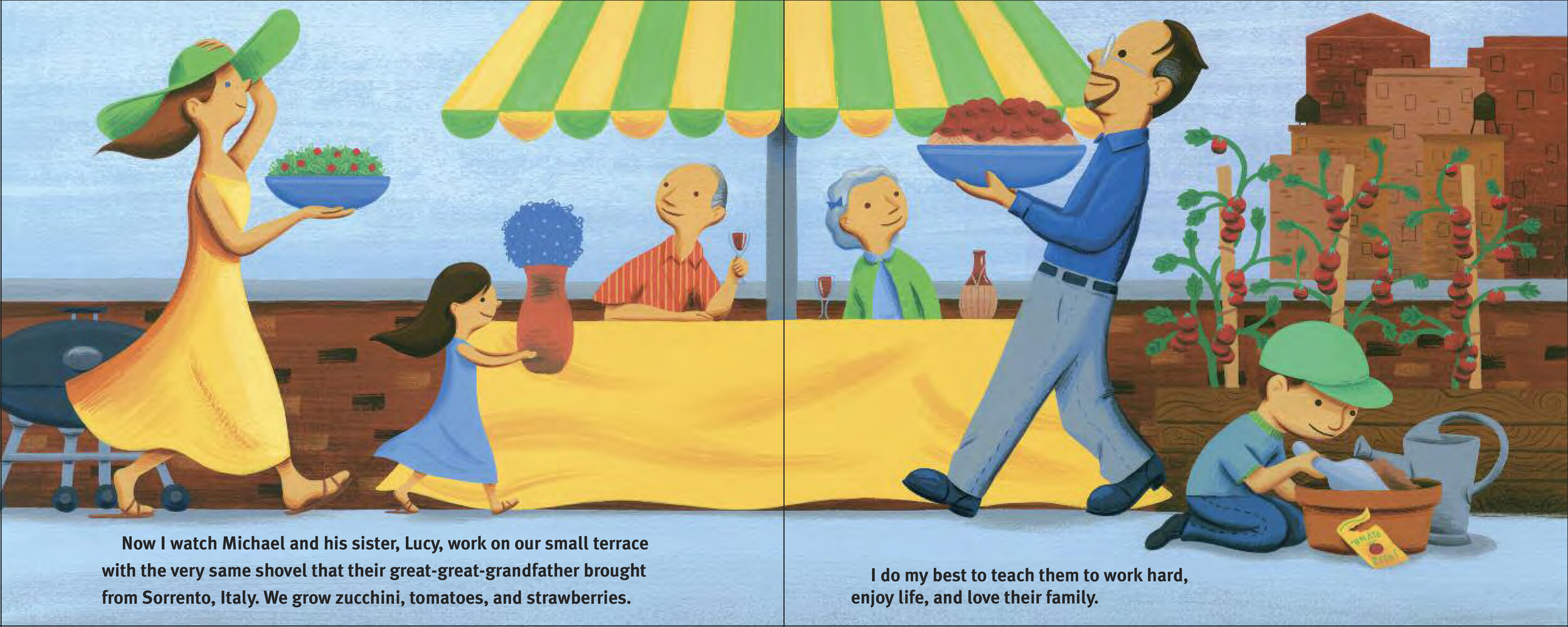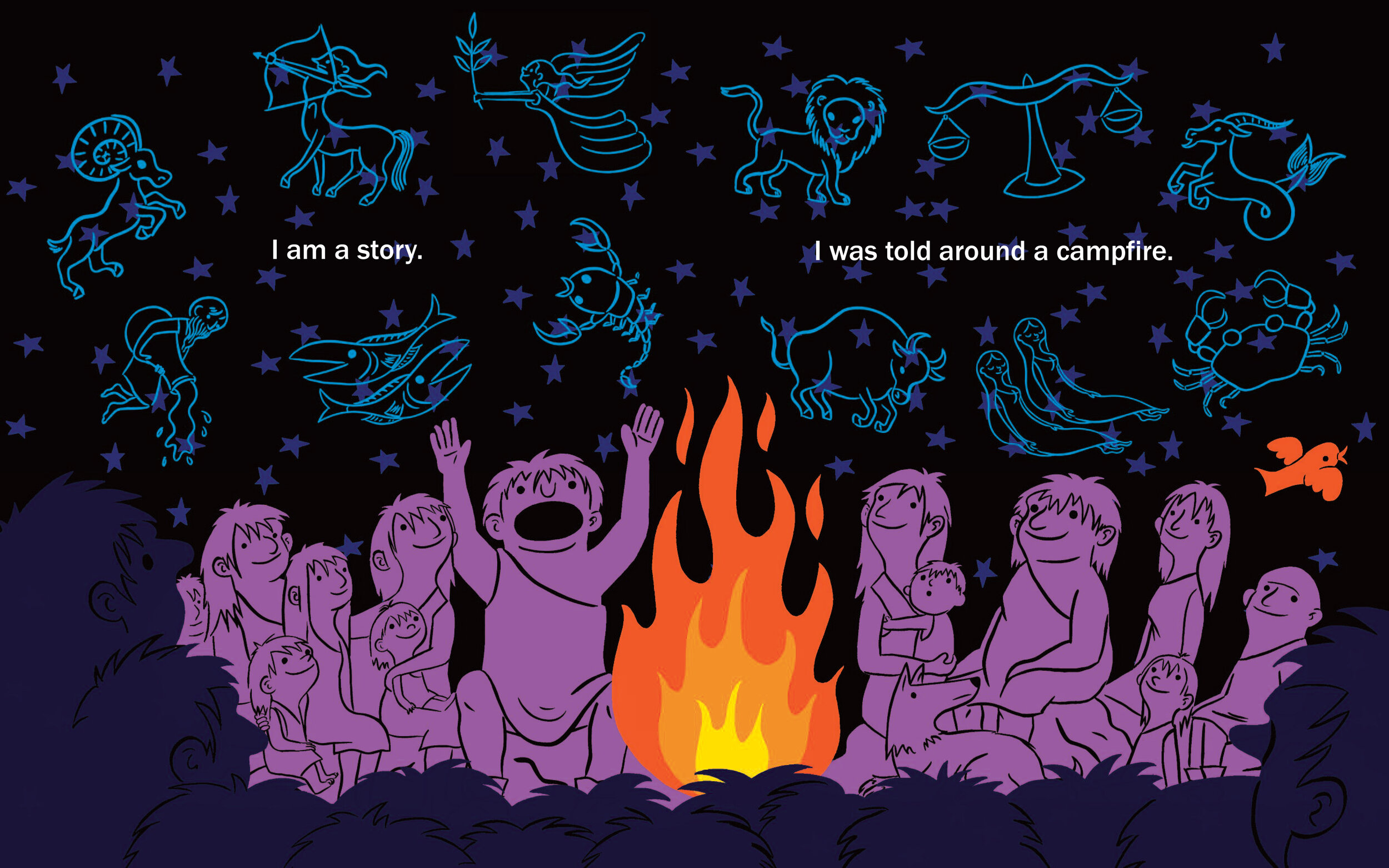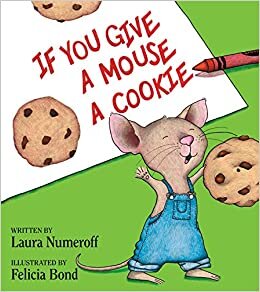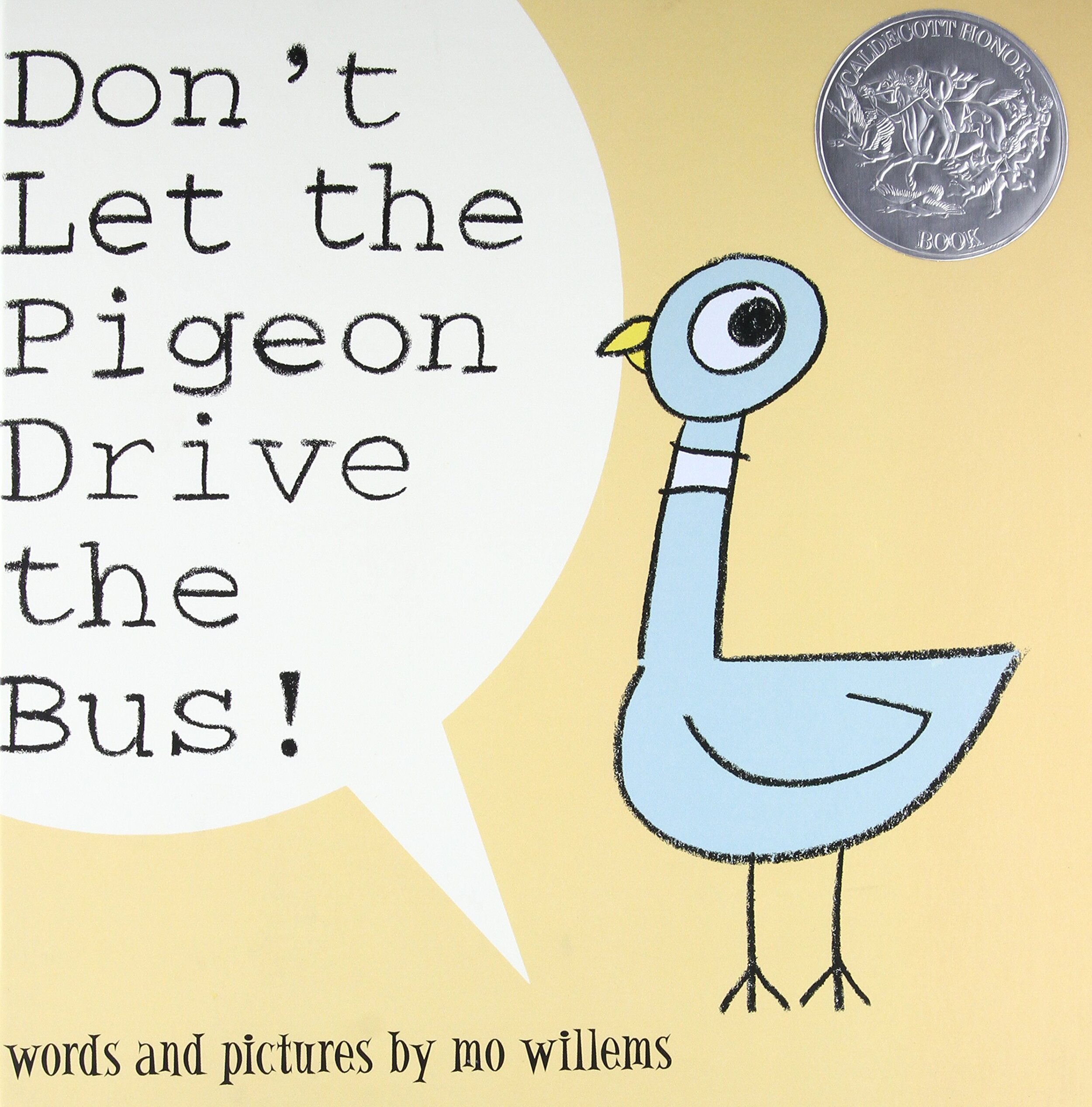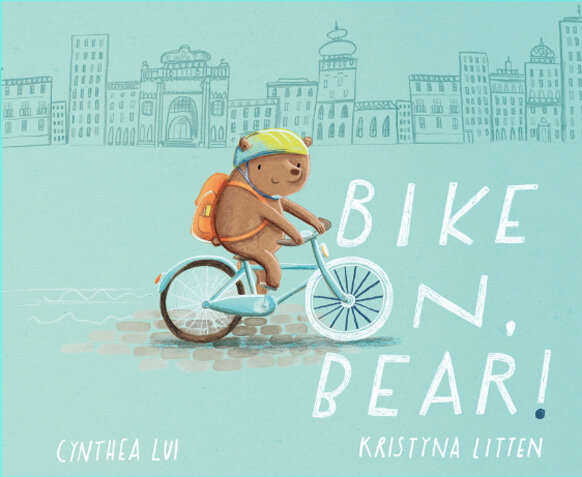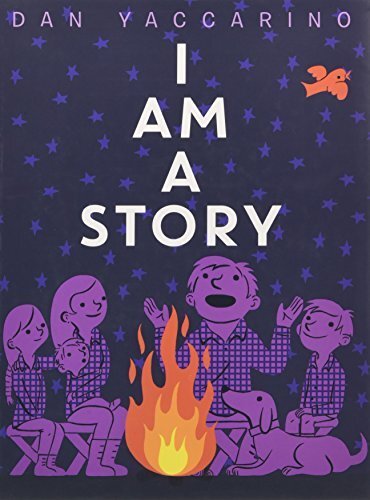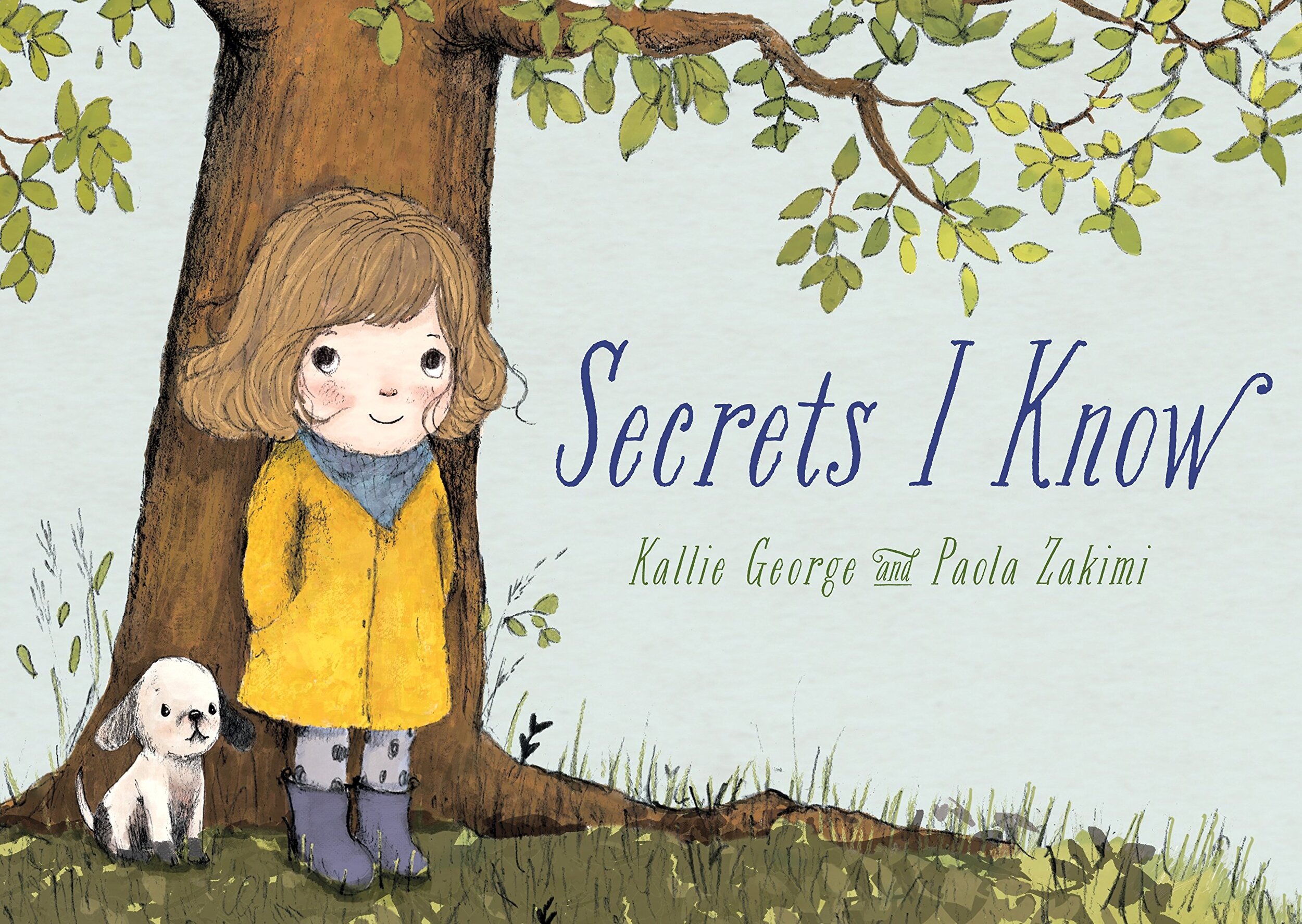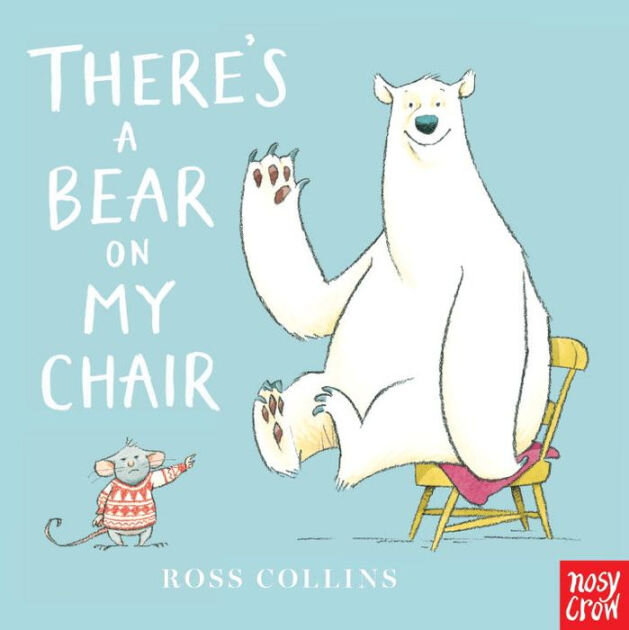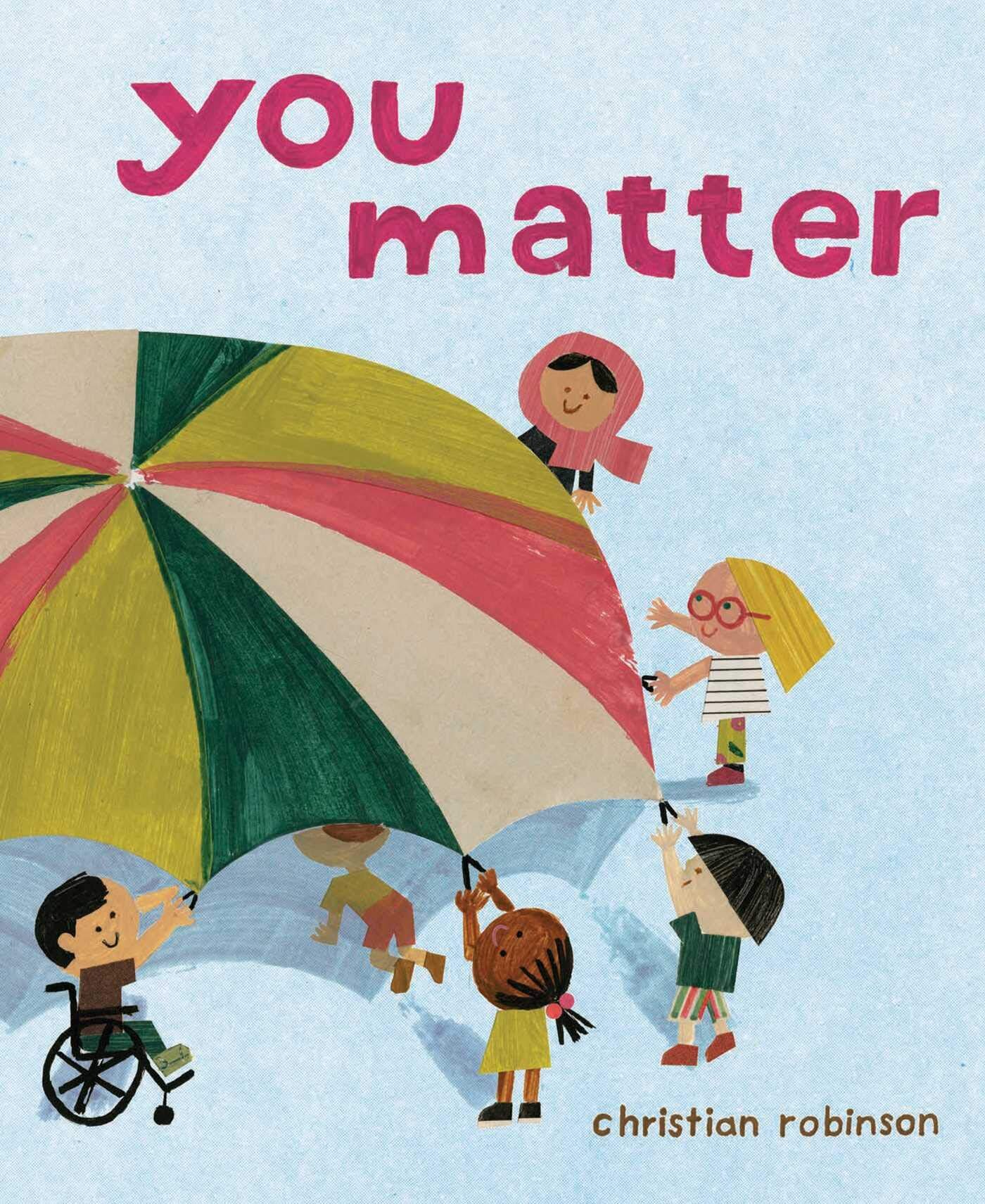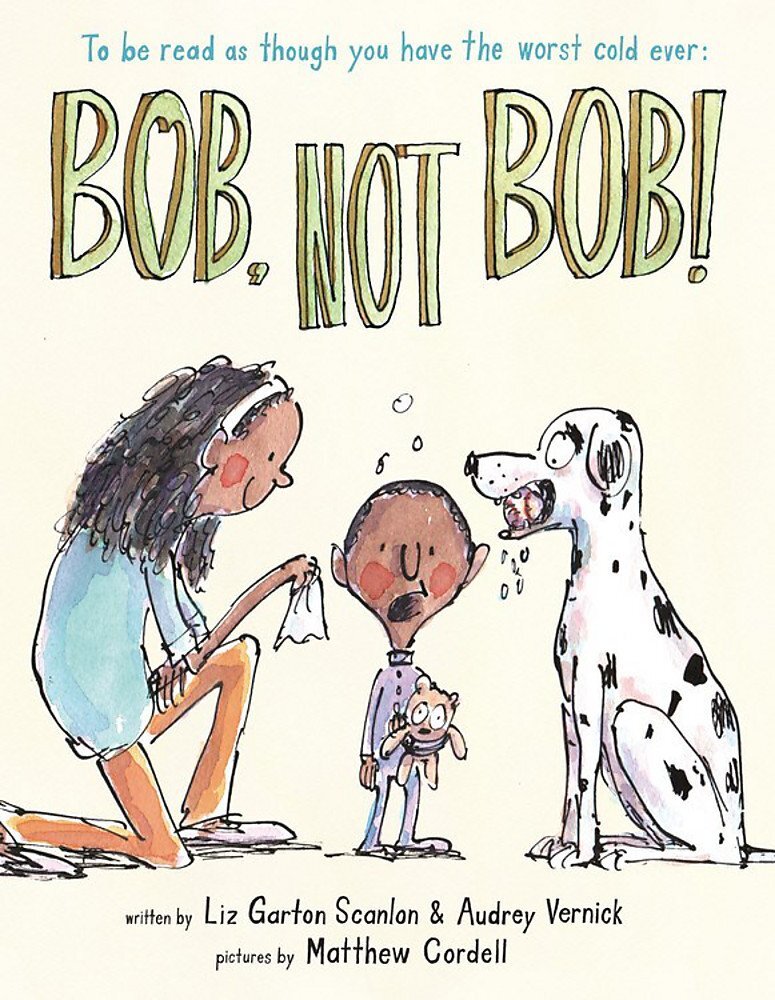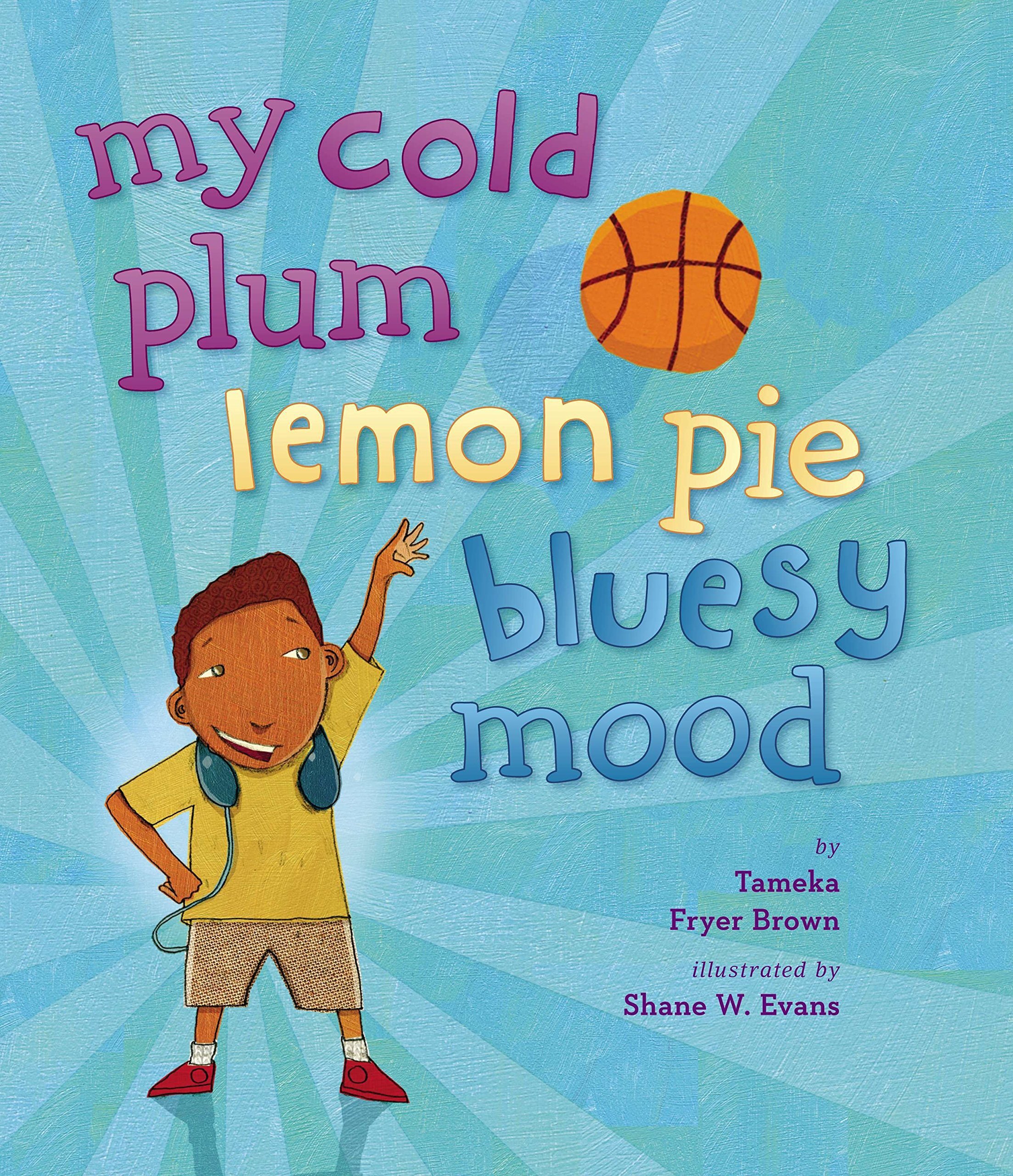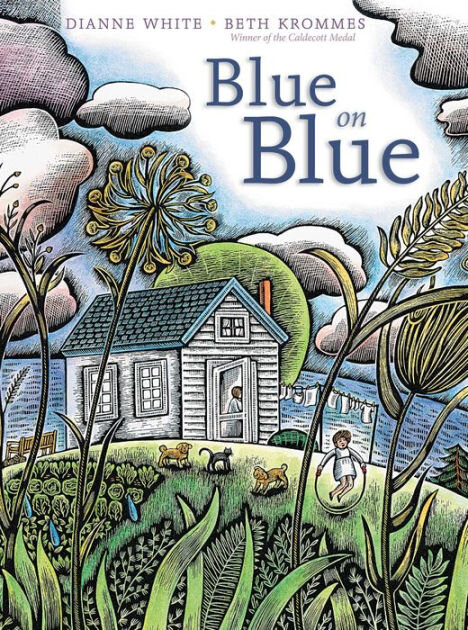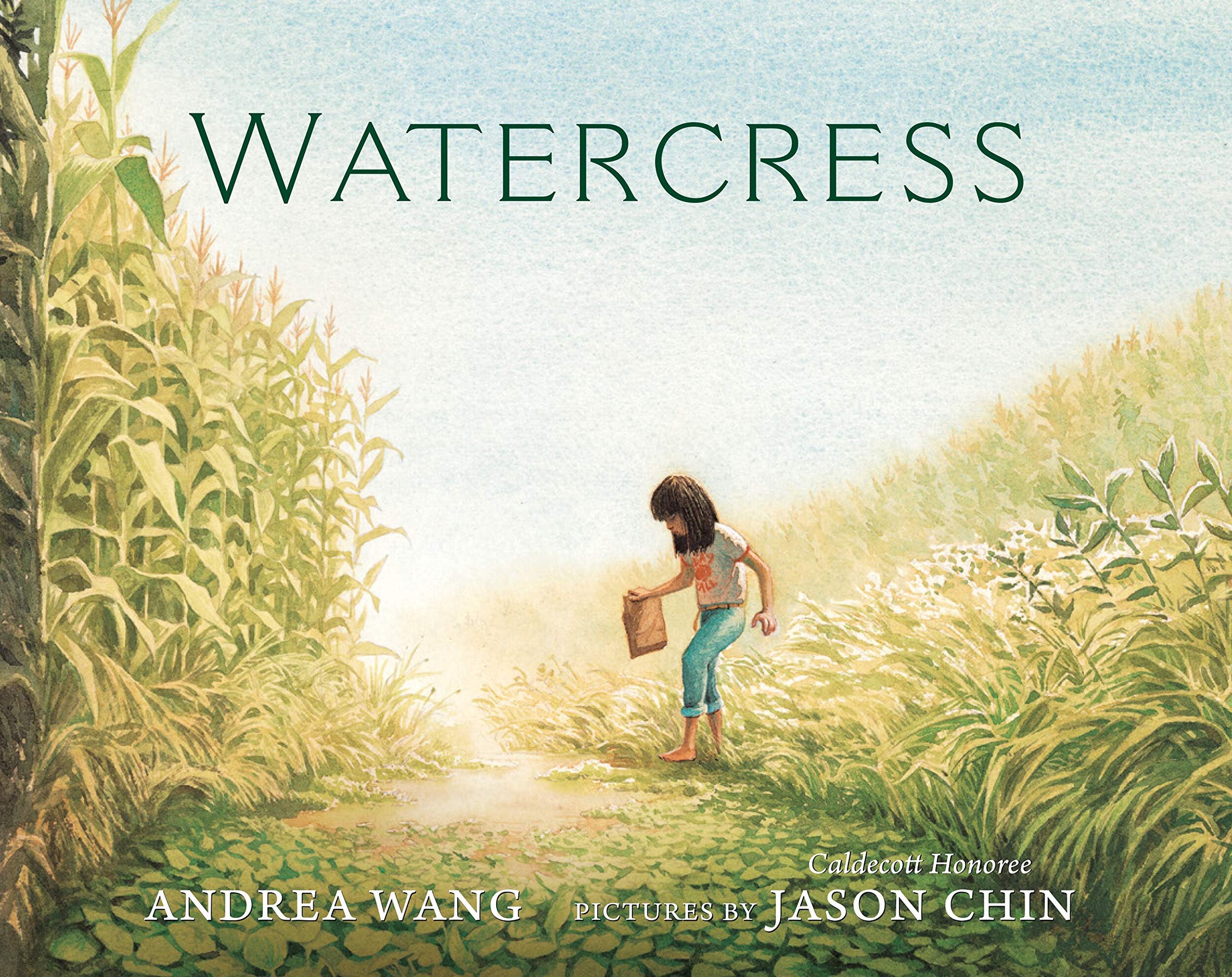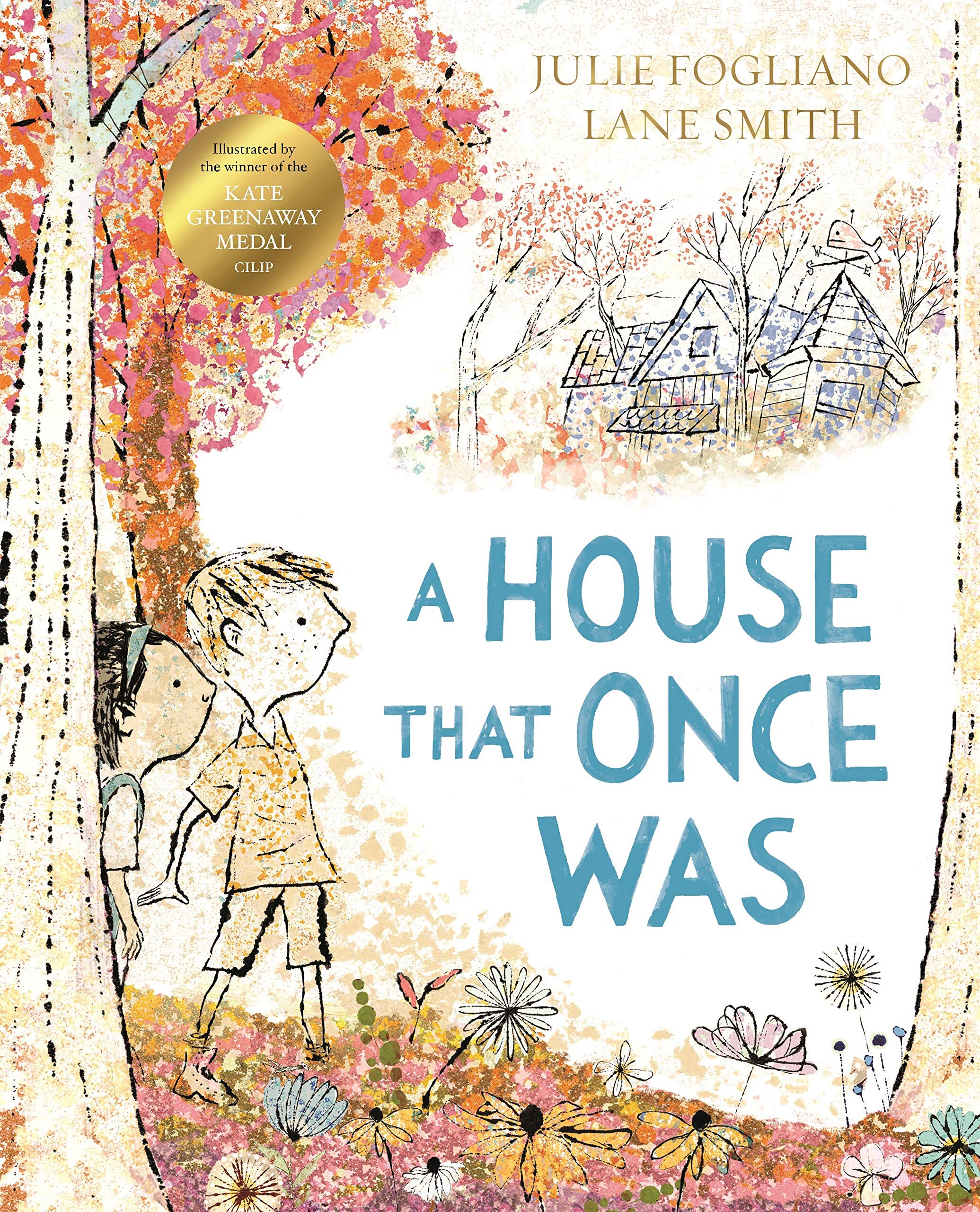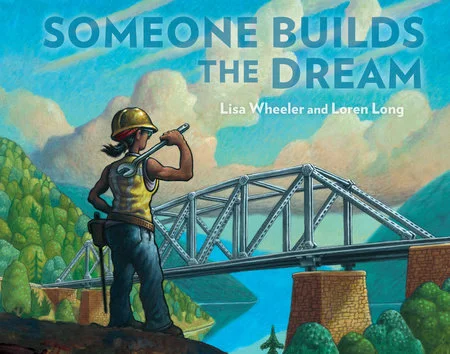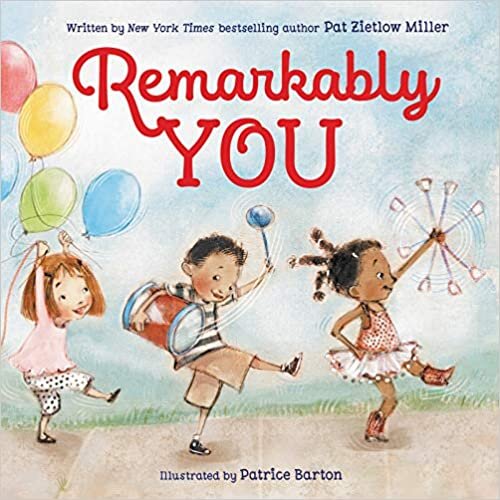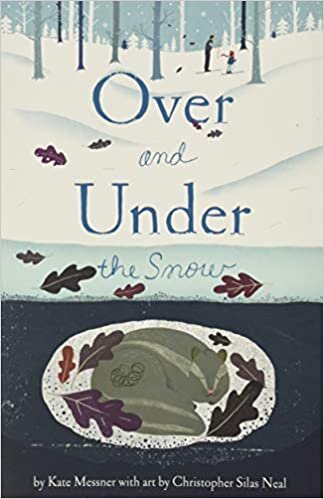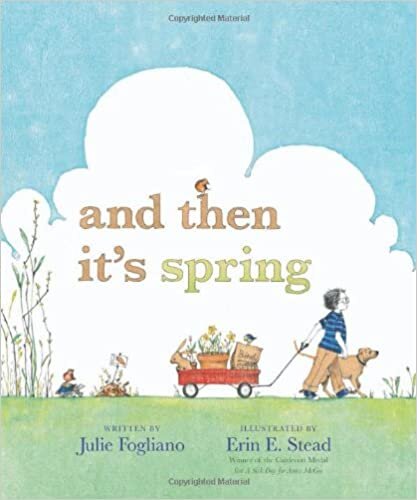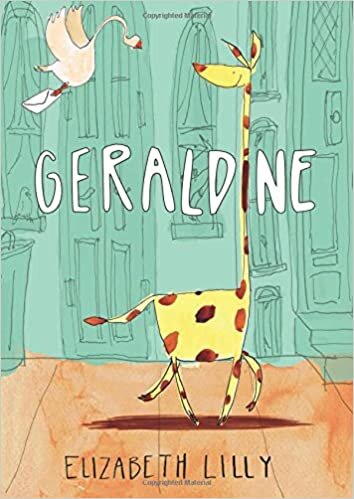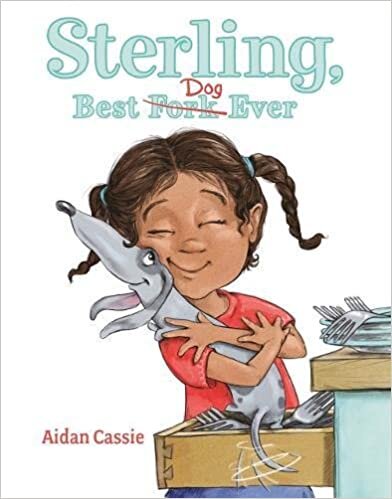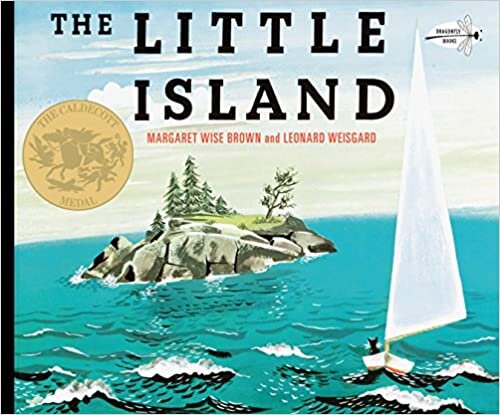We are so excited to have Laura Obuobi join us today to share information about Wordless Picture Books!
Laura Obuobi was born and raised in Accra, Ghana but has been living in the United States since 2003. Laura received an MA in Early Childhood Education from Teachers College, Columbia University, and taught for 8 years as a preschool teacher. Her time in the classroom with preschoolers set the stage for her transition into writing for children. Laura is a graduate of the Writing for Children and Young Adults program at Vermont College of Fine Arts. Besides creative writing, Laura also finds joy in drawing, collaging, and painting.
A wordless picture book is a story that is told with illustrations only. It is one of my favorite picture book forms because I often find them to be very vivid and evocative. I think this happens because the absence of text forces the reader’s eyes and mind to zone in on the images where all the action and story evolves. On each page, there is forward momentum caused by the choices and decisions of the characters. These choices and decisions create visual stories layered with tension and suspense, with strong page turn appeal and compelling story and character arcs.
Wordless picture books are created by artists and illustrators, using their preferred art medium. Often the art medium of choice adds an emotional and thematic layer to the story. For example, Aaron Becker’s Journey – book one of three in the fantasy trilogy – uses watercolor to tell the story of a little girl who enters a magical kingdom with her red writing tool. The choice of watercolor brings a dreamy vibe to the sequence of events, which enhances the whimsical fantasy feel of the story. The other two books in this series are Quest and Return. Who would have thought that fantasy trilogies are not restricted to young adult and middle grade books? And what better form to do this than a wordless picture book!
Wordless picture books fall into many categories: seasonal, animals, concept, meta-fiction, fairytale, etc. Here are a few of my favorites, along with the art medium, if known.
Another by Christian Robinson. A meta-fictive story about a little girl and her cat who enter a parallel and dreamy upside-down world through a portal in her bedroom. (Medium: Paint & Collage)
Wave by Suzy Lee. A story about a little girl facing off with, then becoming friends with the waves at the seashore, told using a simple but powerful color palette of blue, white, and greyish-black. (Medium: Unknown)
The Lion and the Mouse by Jerry Pinkney. The very popular Aesops’s fable is told with drawings that leap off the page. (Medium: Pencil, Watercolor, Colored Pencil)
The Snowman by Raymond Briggs. A heartwarming classic about a little boy who goes on a journey through a winter wonderland with the snowman in his yard. (Medium: Unknown)
Chalk by Bill Thompson. Three children find some sidewalk chalk in a bag in the rain and begin to draw on the ground with it. Their drawings immediately come to life. For a brief moment it is fun, until one of the children draws a dangerous creature. (Medium: Paint, Chalk)
Flora and the Flamingo by Molly idle. A story about a friendship between a girl named Flora and a flamingo. This book also has flaps! (Medium: Unknown)
There are wordless picture books for the very young, too!
Black & White by Tana Boyd. A board book with a series of household objects and toys in alternating silhouettes of black and white.
So! Are you an artist or illustrator with a knack for storytelling? Tell us a story with your favorite art supplies!










